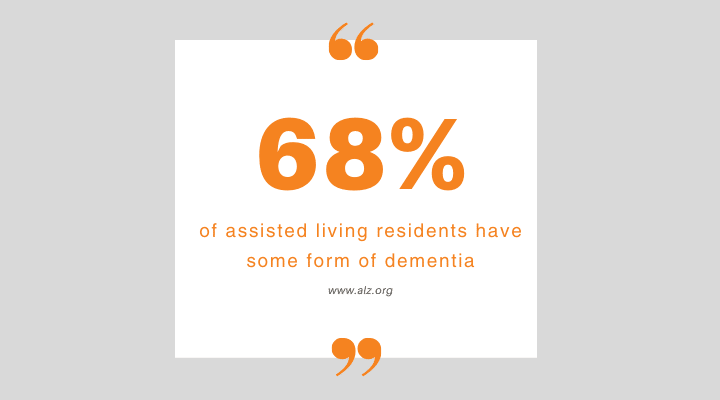Are your residents wearing their wearables? That’s not a trick question. From what I’ve been hearing these days, the answer could just as easily be “no” as “yes”. But why? There are more systems available now than ever to (purportedly) track behaviors, health, safety, and security. This is cool stuff, right? It would seem like a no-brainer for both providers and residents. And yet, for all the hype, the inconvenient truth remains: Residents don’t like them. So they take them off.
No one knows this better than Deborah Ozuah RN, Clinical Educator with Baptist Community Services, “BCS”. Her 25-year career began with nursing and has, over the years, grown and expanded impressively. In addition to working within BCS’s skilled nursing and long-term care units, Deborah is a subject matter expert in her field as well as a trainer. She has also introduced several cutting-edge programs into BCS and other organizations.
As you might imagine, during her tenure, Deborah has come into contact with just about every type of tracking and alerting system on the market. And what she has to say about them may raise a few eyebrows.
Wearables in the trash cans, under beds and flushed down the toilet. What’s wrong here?
Baptist Community Services operates the Park Central Retirement Community in Amarillo, TX, which provides residents a continuum of care including apartment homes, assisted living, long-term care, certified memory care and skilled nursing and rehabilitation. Deborah has found wearables to be especially challenging in their memory care units. She told me about one such system they tried to use. Like many others, the wearable was a watch style band.
The concept was to send an alert to staff when a resident entered an unsafe area or exit. Sounds great, right? That is, until you hear about the great lengths that some residents went to to remove the watch bands. And these were bands engineered to be removed only by staff. Didn’t matter. Regardless of how difficult the manufacturers made them to remove, the staff would still find the bands in all kinds of places: trash cans, under beds, and even flushed down the toilet. Everywhere, it seems, but on the wrist. This may seem humorous. But think of the safety risks, especially for those prone to wandering.
And then there’s the battery issue. Some newer systems have included cool features like step counting and even working like a real watch to encourage residents to wear them. The more features they add however, the faster the battery gets used up. That means more charging. “If you think it was difficult to convince Mr. Jones to wear his new watch on day one, try again on day seven and day 14 and day 21, after each time it must be taken off to recharge ” Deborah says.
Wearables may be the latest shiny object, but what actually works?
So what’s the answer, other than doing something drastic and horribly inhumane like embedding a chip under the skin? The answer, according to the folks at Vigil Health Solutions (a Senior Living Foresight partner), is to use a sophisticated network of sensors. They’ve been doing this for a number of years now, and while wearables may be the shiny new object, sensors are the solution that actually works. And it was the Vigil sensor platform that Deborah and Baptists Community Services were more than happy to toss their wearables for.
Jacquie Brennan, Vice President of Vigil Health Solutions, explained to me how their sensor technology works.
The Vigil Memory Care System uses passive sensors in the resident’s room to track behaviors, health, safety and security without requiring the resident to wear anything.
Activities like getting out of bed frequently, increased trips to the bathroom, more time out of bed, leaving their room at night unexpectedly, entering other resident rooms uninvited, and increased activity or restlessness can all be tracked with no band or tag. “This not only improves compliance but also reduces anxiety caused by residents trying to remove their band or being forced to wear something they don’t understand the benefit of,” Jacquie tells me. Very good point.
So are you using wearables in your communities? Are they working? Do you know if they’re being worn? Maybe a better question would be: Have you checked your trash cans lately?
You can find more information on the Vigil Memory Care System and see how it works here.
By Susan Saldibar. Originally published on Senior Living Foresight.

